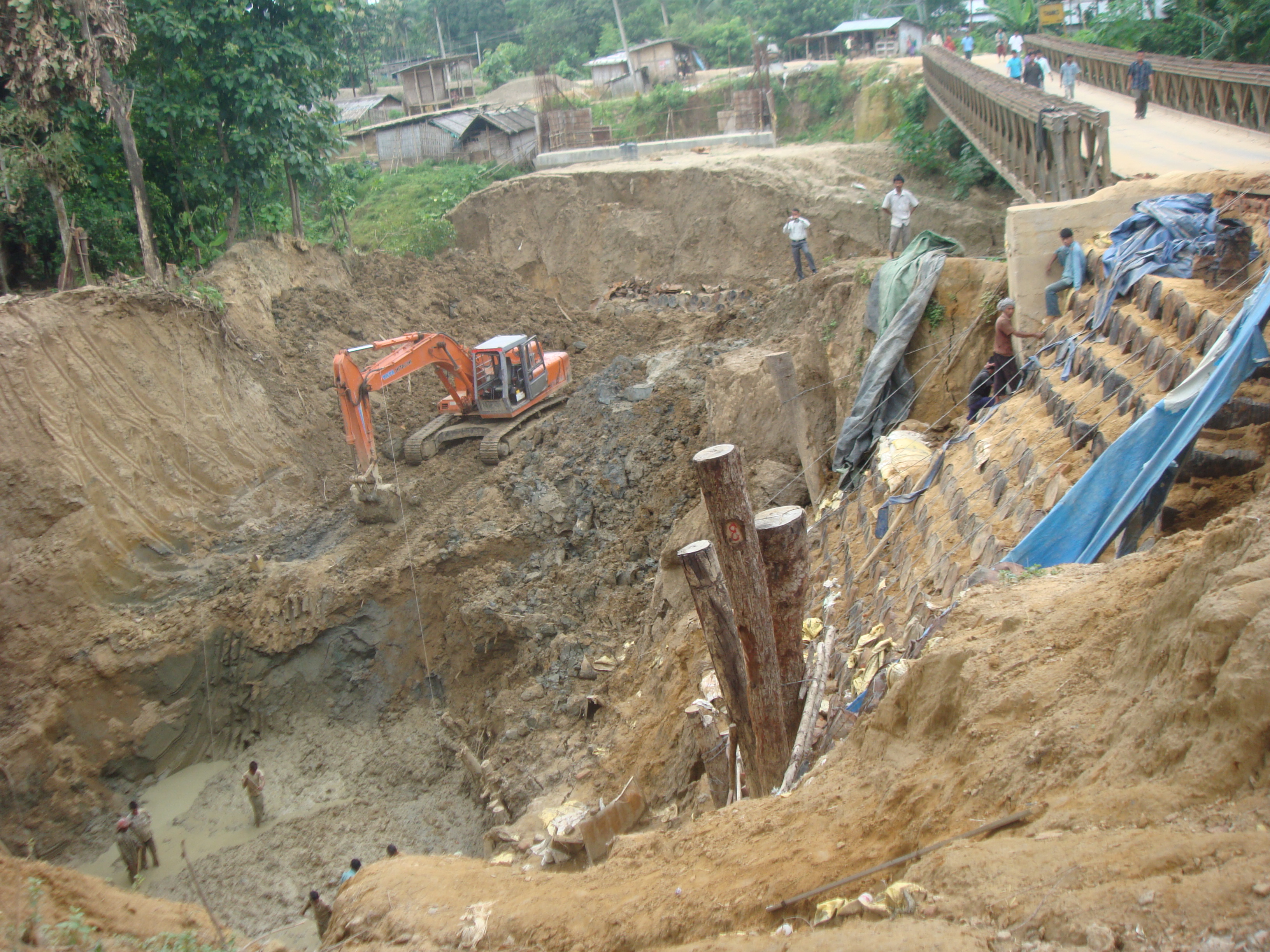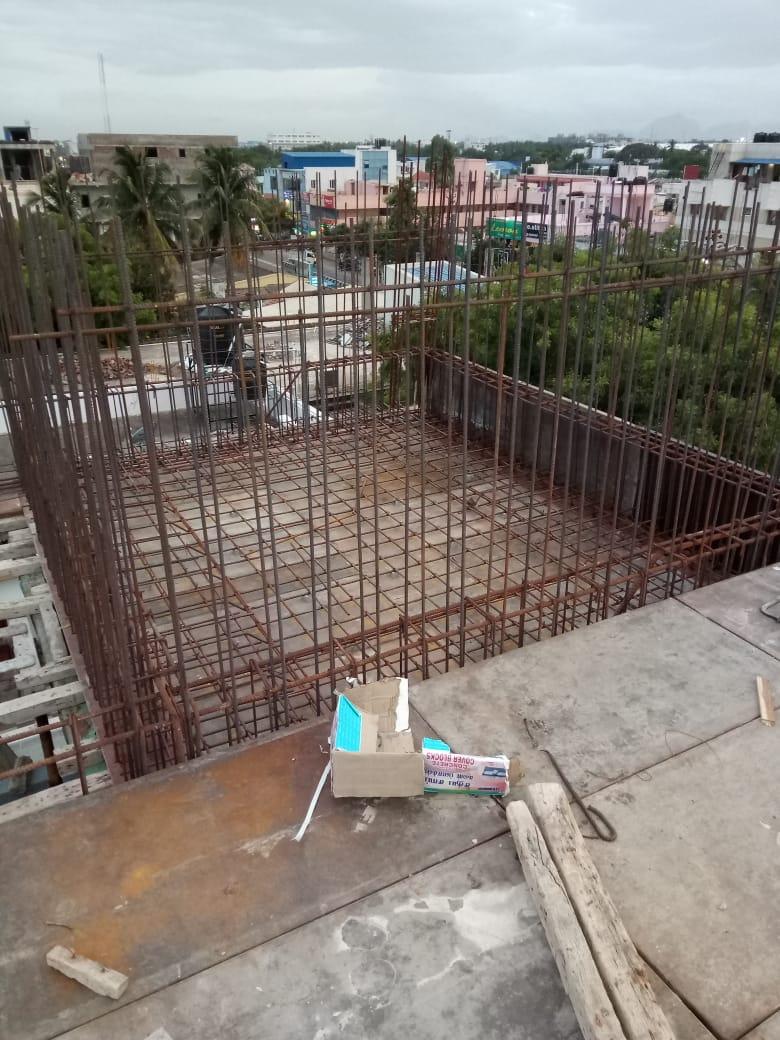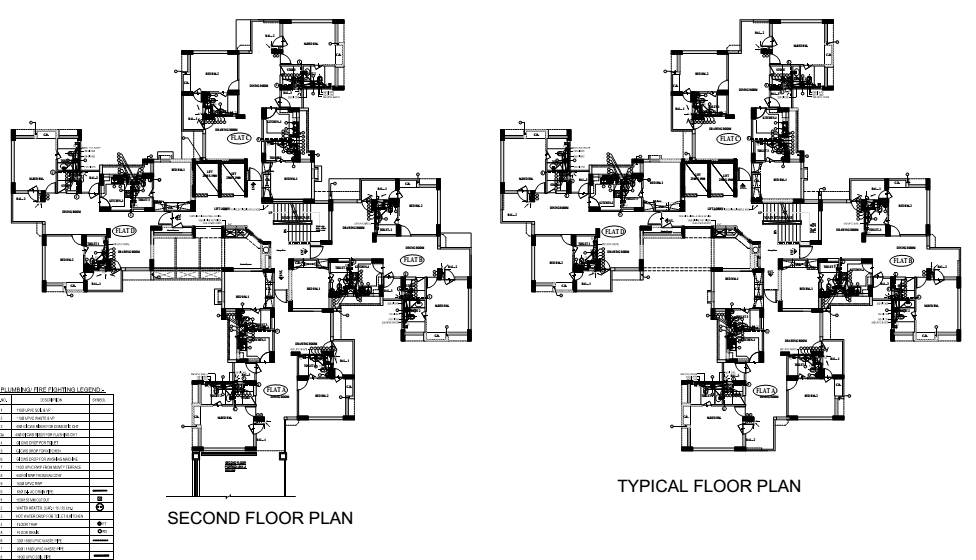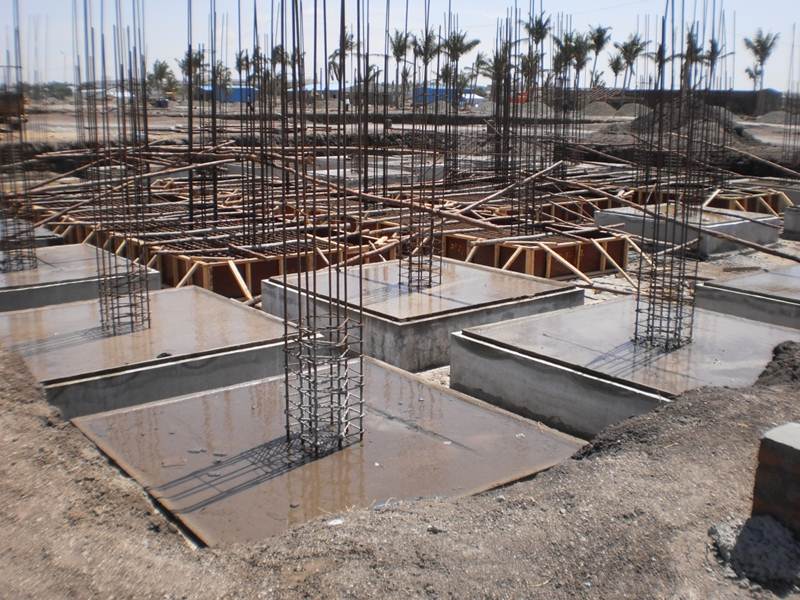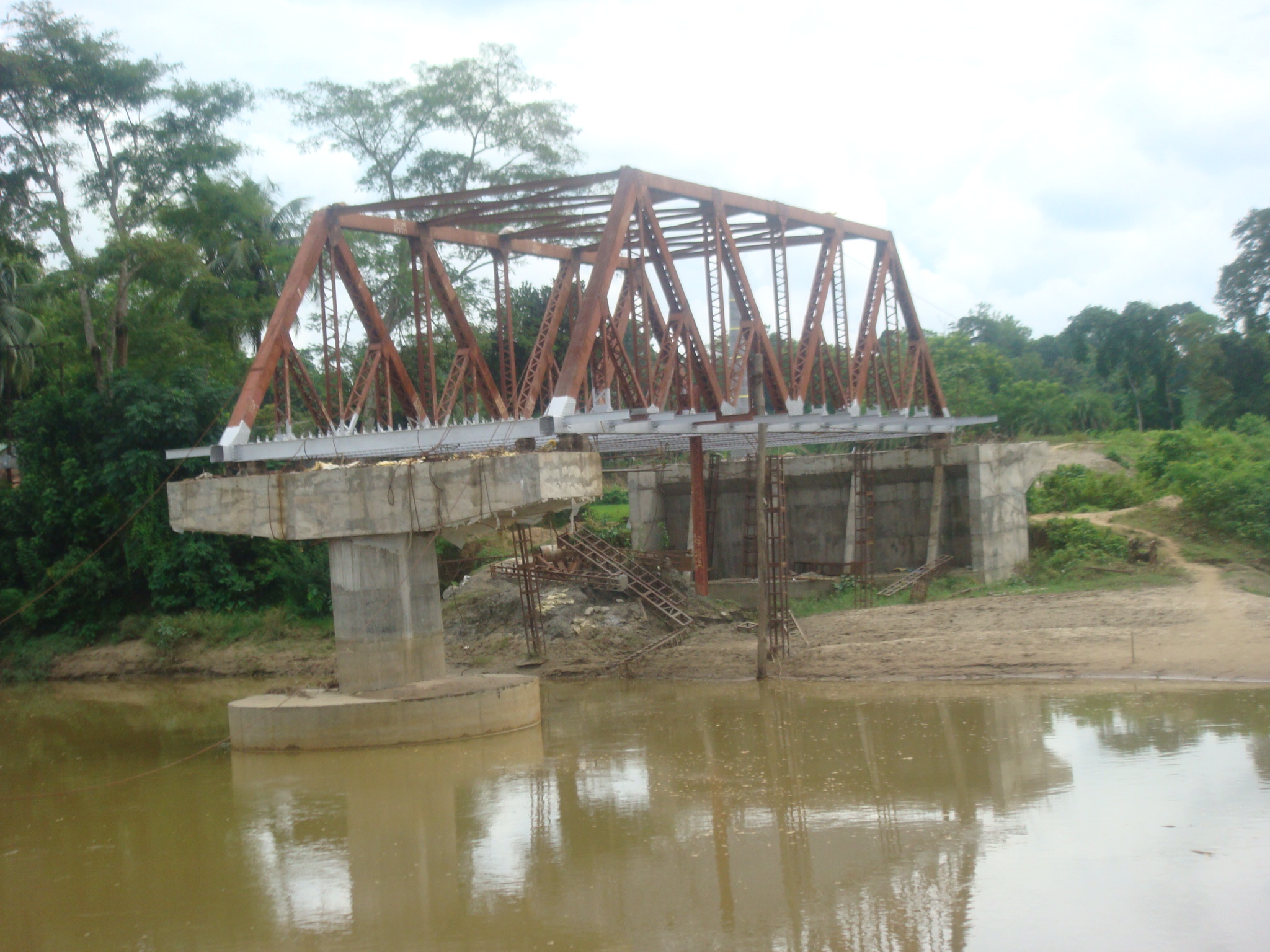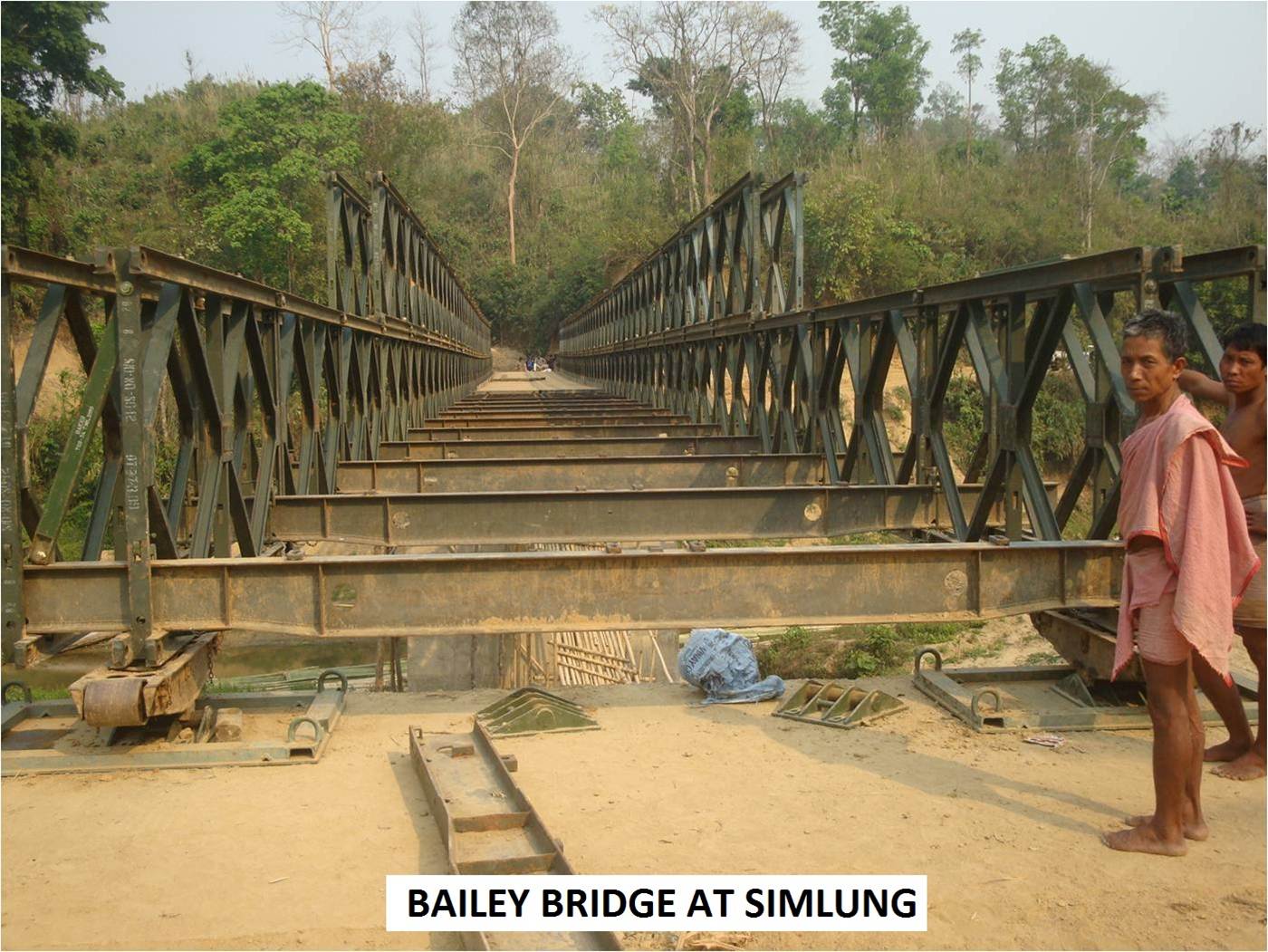The successful completion of the course will enable the student to achieve the following outcomes:
CO1: Assimilate design philosophies of Limit State Method(LSM) and Working Stress Method(WSM), apply LSM methodology of design as per IS 800 for hot rolled structural steel members, refer SP6 for relevant properties. Apply principles of plastic analysis to beams and portal frames, determine plastic capacities for different configurations.
CO2: Based on design loads, compute design strength for individual connections for both bolted and welded connections as per codal criteria. Assess, compute, evaluate bolted welded strengths for various configurations in beam to beam connections and beam to column connections.
CO3: Evaluate design strengths, compute member sizes and configuration for tension members subjected to axial tension and flexure.
CO4: Evaluate design strengths, compute member sizes and configuration for hot rolled and built up sections s for compressive loads as per codal parameters in IS 800.
CO5: Assess design loads, compute design strength
required in flexure, shear and local failures for laterally supported and unsupported beams for various configurations for both hot rolled and built up sections.
